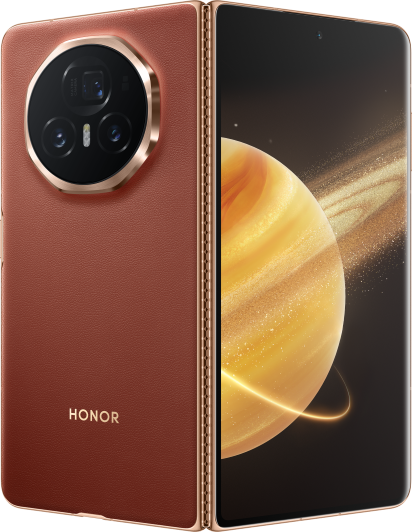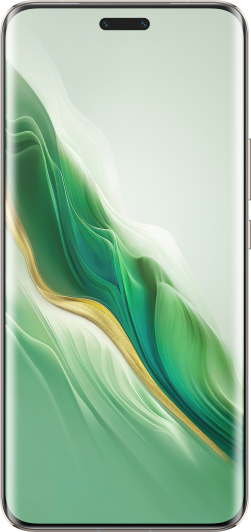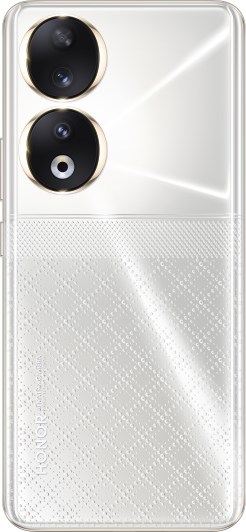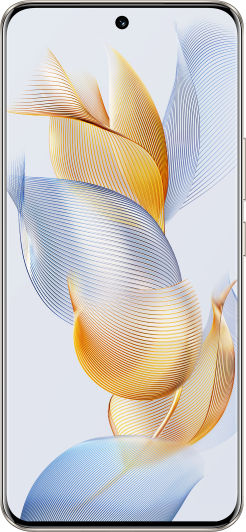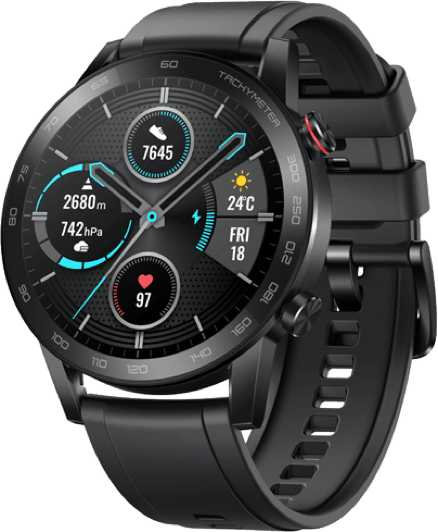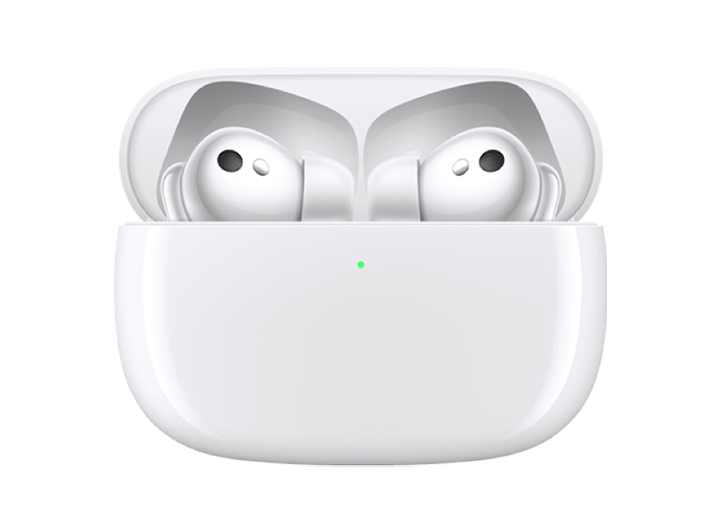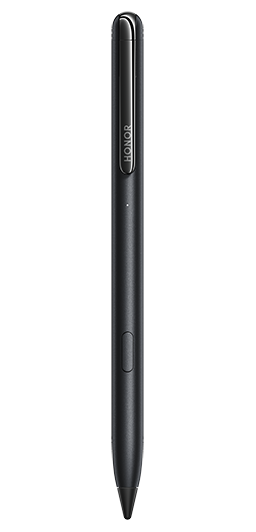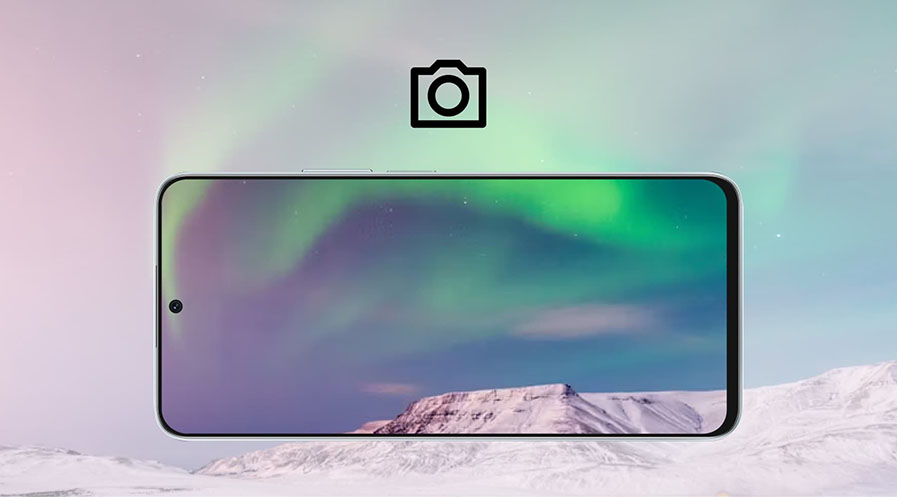TOP

我的荣耀 开启荣耀之旅
To log in to your account, you must first agree to the HONOR PLATFORM TERMS OF USE and HONOR Platform Privacy Statement . If you do not agree, you may only browse the site as a guest.
*You can unsubscribe at any time, Please see our Privacy Statement for details.
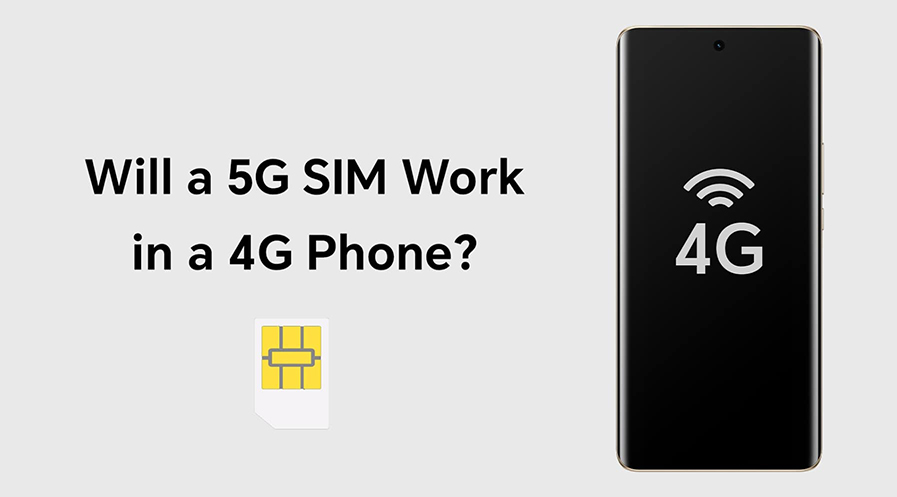
Will a 5G SIM Work in a 4G Phone? Here’s What You Need to Know
As the world embraces 5G technology, many people are curious about upgrading their phones and SIM cards. A common question is: will a 5G SIM work in a 4G phone? If you're considering whether to upgrade or wondering if your current 4G device can still function with a 5G SIM, this article will provide you with the information you need. Let’s explore what 5G is, how it works, and if upgrading to a 5G phone is really necessary.
What Is a 5G Network?
5G, or the fifth generation of mobile networks, is the latest development in wireless technology. Compared to 4G, it offers significantly faster internet speeds, lower latency (reduced delay in data transmission), and greater reliability.
5G operates on different frequency bands—low, mid, and high. These high frequencies, such as millimeter waves (mmWave), allow for faster data transmission. However, these signals have a shorter range compared to 4G, which means 5G requires more infrastructure, such as small cell towers placed closer together.
Regarding real-world applications, 5G’s capabilities are perfect for streaming 4K or 8K videos, online gaming, virtual reality (VR), and the expanding Internet of Things (IoT). But remember, while 5G networks are incredibly fast, accessing those speeds depends on whether your device supports 5G technology.
Will a 5G SIM Work in a 4G Phone?
The next question is, can you use a 5G SIM in a 4G phone?
The good news is that yes, a 5G SIM will work in a 4G phone. However, it comes with some limitations. A 4G phone does not have the necessary hardware to access 5G speeds, meaning that while the 5G SIM card can still function in your 4G device, you’ll only be able to connect to 4G networks.
Why does this happen? 5G SIM cards are backward compatible with 4G and even 3G networks, so when inserted into a 4G phone, the device will operate at its maximum 4G LTE capacity. However, the phone’s internal components lack the radio frequencies necessary to tap into 5G networks. In short, the 5G SIM won't give you faster 5G speeds unless your phone is built to support it.
5G System Requirements
To fully access and enjoy 5G speeds, there are several key components that need to be in place:
1. A 5G-Compatible Phone: The most critical requirement is a 5G-enabled smartphone. Newer models, like the latest HONOR phone, come equipped with advanced 5G technology. These phones are built to deliver lightning-fast speeds and smoother connections, especially in data-heavy scenarios like gaming or video streaming.
2. A 5G SIM Card: While a 5G SIM can work in a 4G phone, a 5G SIM is required for accessing 5G networks. If you upgrade to a 5G-capable phone, make sure to also upgrade your SIM card to a 5G version.
3. 5G Network Coverage: Even with a 5G phone and SIM, you’ll need to be in an area that offers 5G coverage. Although 5G is expanding rapidly, it’s not yet available in all regions. Check with your carrier to confirm 5G availability where you live or work.
4. Software and Firmware Updates: Your device’s operating system and firmware should be updated to the latest version to ensure compatibility with 5G networks. Manufacturers often release updates that optimize how your phone connects to new networks.
What Are the Differences Between 5G and 4G Networks?
5G brings several notable improvements over 4G. Understanding these differences can help you decide whether upgrading is worth it:
● Speed: While 4G LTE can provide speeds up to 1Gbps, 5G can theoretically reach 10Gbps, allowing for super-fast downloads, streaming in higher resolutions, and lag-free gaming experiences.
● Latency: Latency refers to the time it takes for data to travel from one location to another. In 4G networks, latency typically ranges from 50 milliseconds (ms) to 100 ms. With 5G, latency can drop to as low as 1 ms, making real-time tasks like online gaming and video conferencing smoother and more responsive.
● Network Capacity: 5G networks can handle far more devices simultaneously than 4G. This is particularly important as more smart devices (e.g., home assistants, smart appliances) connect to mobile networks. 5G can support millions of devices within a small geographic area without compromising performance.
Should You Upgrade to a 5G Phone?
Now that you understand what 5G is capable of, the next question is whether you should upgrade to a 5G phone. Here are some factors to consider:
● 5G Coverage: Check if 5G is available in your area. If you live in a region where 5G has strong coverage, upgrading to a 5G phone can offer you a noticeably faster and more stable connection, especially in crowded areas or during peak hours.
● Your Current Device: If your current phone is more than a few years old, upgrading to a 5G phone like the HONOR Magic V3 may be quite worth it. This device is equipped with a robust 5G antenna, long battery life, and other features like a foldable design and a high-resolution display—perfect for users looking to future-proof their devices.
● Use Case: If you frequently download large files, stream videos in high resolution, or play online games, the jump from 4G to 5G will greatly enhance your experience. For everyday tasks like texting, calling, or browsing, 4G may still meet your needs.
Conclusion
So, will a 5G SIM work in a 4G phone? The answer is yes, but with limitations. A 5G SIM card is backward compatible with 4G networks, so it will function in your 4G phone, but you won’t benefit from the faster speeds and lower latency of 5G. To experience the full potential of 5G, including higher download speeds and improved network capacity, you’ll need to upgrade to a 5G-compatible phone and ensure you have 5G network coverage in your area.
FAQs
Why is my 5G slower than 4G?
If your 5G connection feels slower than 4G, several factors could be at play. 5G networks are still being rolled out, and in some areas, coverage may not be as strong as 4G. Additionally, high network congestion or weak signal strength can cause slower speeds. Ensure your phone’s software is up to date and check if you’re in an area with solid 5G coverage.
Can a 5G SIM work in a 3G phone?
Yes, a 5G SIM card will work in a 3G phone, but it will only connect to 3G networks. This is because the phone’s hardware does not support 4G or 5G frequencies. The SIM card itself is backward compatible, allowing you to connect to the fastest network your phone can handle.
Can you convert 5G to 4G?
Yes, you can switch between 5G and 4G by adjusting your phone’s network settings. Many 5G phones allow you to manually switch to 4G LTE to save battery or when you’re in areas with poor 5G coverage. However, this doesn't “convert” the technology itself; it simply selects the network your phone connects to.
What are the limitations of using a 5G SIM in a 4G phone?
The main limitation of using a 5G SIM in a 4G phone is that you won’t experience 5G speeds. While the 5G SIM card is compatible, your 4G phone lacks the hardware to connect to 5G networks. As a result, you’ll continue to use 4G LTE speeds, which, while fast, don’t match the capabilities of 5G.
Source: HONOR Club

Subscribe For Updates - Special Offers And More.
By providing your email address, you consent to receive the latest offers and information on Honor products, events and services through email or advertisement on third-party platforms. You can unsubscribe anytime according to Chapter 5 of HONOR Platform Privacy Statement.
Consumer hotline
80004444408 Monday to Sunday,9:00am-9:00pm
ae.support@honor.com
Copyright © HONOR 2017-2025.All rights reserved.
We use cookies and similar technologies to make our website work efficiently, as well as to analyze our website traffic and for advertising purposes.
By clicking on "Accept all cookies" you allow the storage of cookies on your device. For more information, take a look at our Cookie Policy.
Functional cookies are used to improve functionality and personalization, such as when playing videos or during live chats.
Analytical cookies provide information on how this site is used. This improves the user experience. The data collected is aggregated and made anonymous.
Advertising cookies provide information about user interactions with HONOR content. This helps us better understand the effectiveness of the content of our emails and our website.




